Sarah Rossiter came from California to spend a few days in Amden in the summer of 2003. The core of her photographic work in those days was the self-portrait. In a show at Kunsthalle Bern in 1998 I presented a series of photographs in which she projected paintings by her mother, Ann Kinner, onto her own body. In the early 1970s, Kinner, then still a student at Cornell University, was primarily involved in colour field painting. The work to which Rossiter was referring was a series of works on paper dating from 1973. Kinner stopped painting after the birth of her daughter Sarah in the late 1970s and except for a small group of paintings burned all of her works, including those of 1973. It was not until after she began working as an artist herself that Rossiter first saw her mother’s few surviving works. In the process of documenting this scant corpus, she began studying colour field painting and looking into the history of her mother’s life as an artist. This led to the above-mentioned self-portraits in which she investigated her relationship to this history, which is both her mother’s and her own: Rossiter was then also a young woman on the cusp of an artistic career with an uncertain outcome. Her work addresses the role she played and the function she fulfilled in her mother’s life and, conversely, her mother’s influence on her identity as a woman and an artist. Rossiter’s self-portraits intentionally treat historically divergent times as convergent, ultimately questioning notions of continuity and rupture in the work of women artists.
Nor was it any different in Amden. Here, Rossiter again set out to find herself. She worked on the shores of Lake Walensee early in the morning, took pictures at the waterfall in Betlis and roamed through the woods. She took various photographs of herself on boulders at the lake or on the forest floor on the steep path leading up from Betlis to the open meadows of the Zand.
Being alone and undressing for the camera were prerequisites of her work. She also brought colourful scarves and children’s clothing to Amden, including some dresses she wore in grade school. And she painted her body. In her performances for the camera, Rossiter treated her body as an artistic medium. She adopted roles associated with specific physical feelings and attempted to render them in her pictures. Her work typically introduces a play of visual references, explicitly incorporating a visual syntax that bears the stamp of other women artists. Her work of those years thus entered into a dialogue with other photographic works, some of them a lot older, by artists such as Francesca Woodman, Cindy Sherman, Ana Mendieta, Maya Deren, Claude Cahun, and, as in some of the pictures taken in Amden, Dorothea Lange’s photographs of the 1930s. All of these artists document the reality of a woman’s world, each enlisting its own singular artistic means of conveying the body image of a self-confident woman.
– Roman Kurzmeyer

 Images
Images
 Info
Info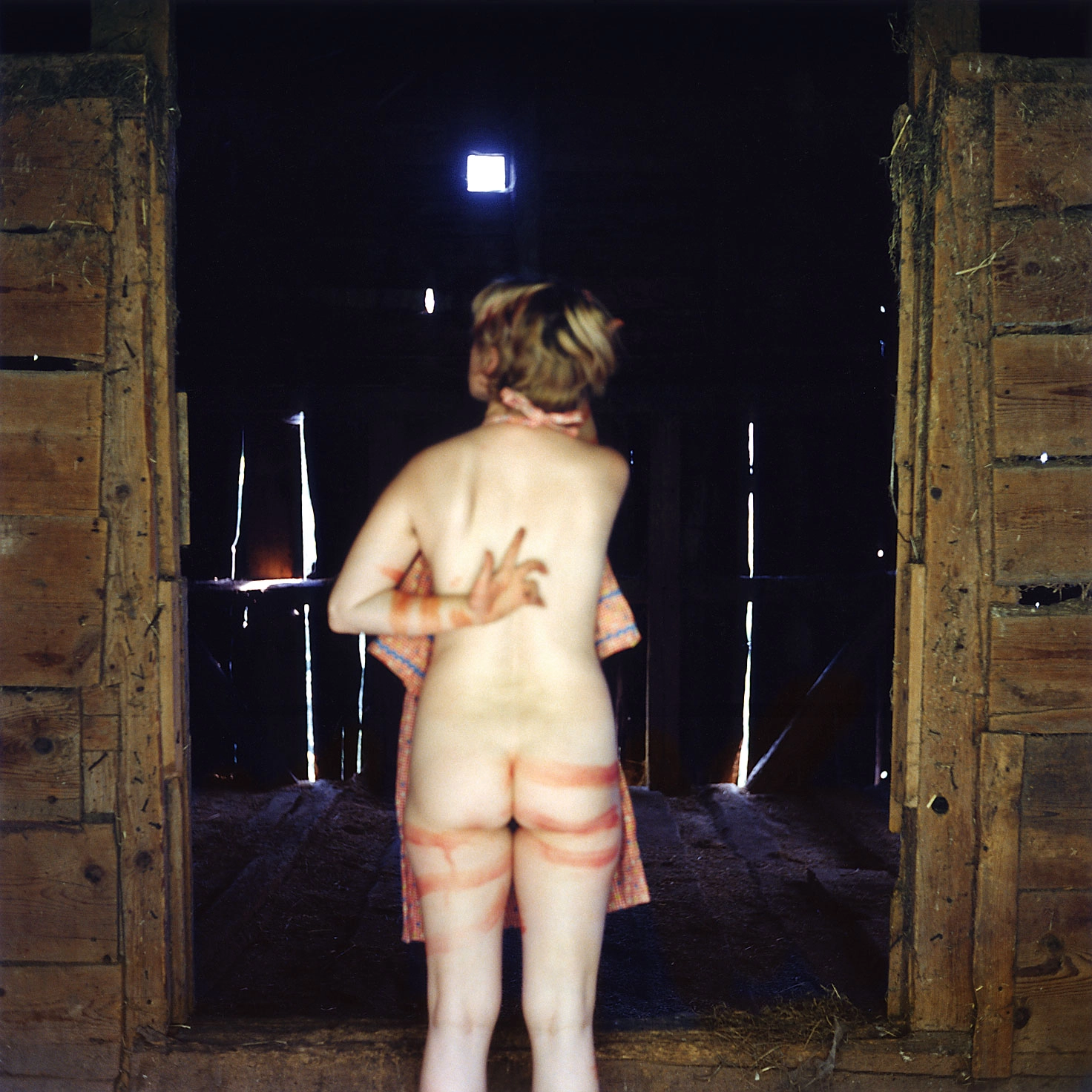--2003--%C2%A9%20Sarah%20Rossiter--006.webp)
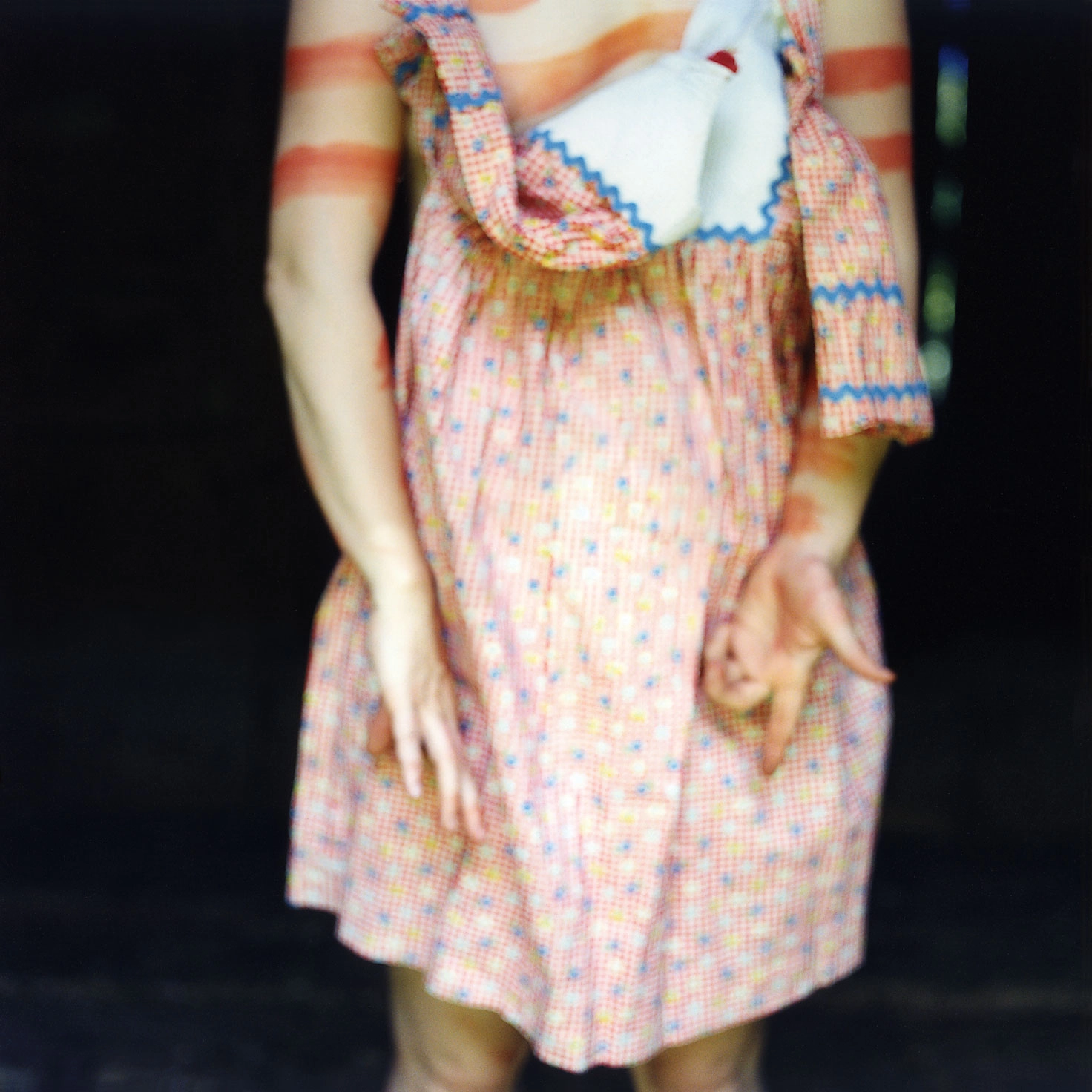--2003--%C2%A9%20Sarah%20Rossiter--008.webp)
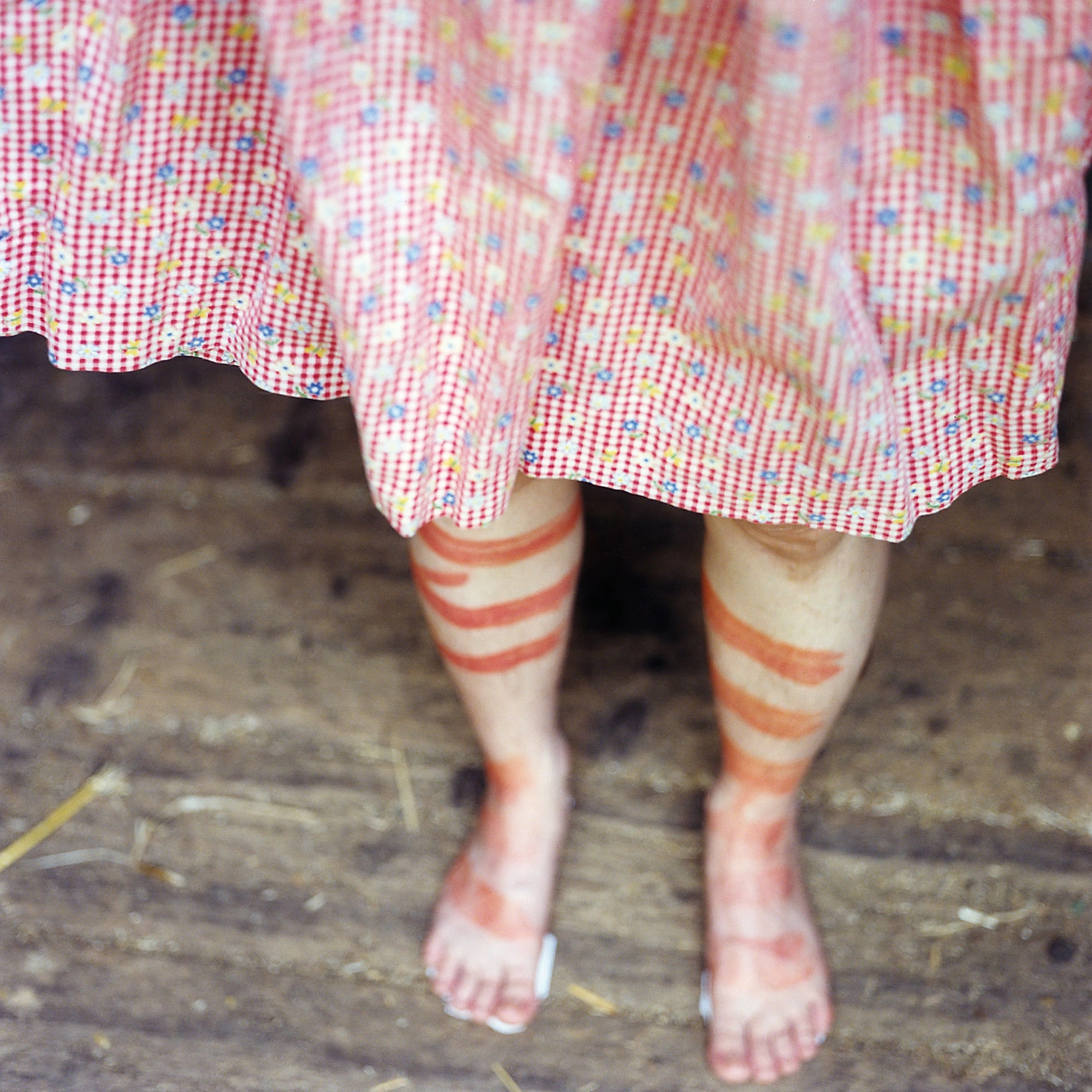--2003--%C2%A9%20Sarah%20Rossiter--009.webp)
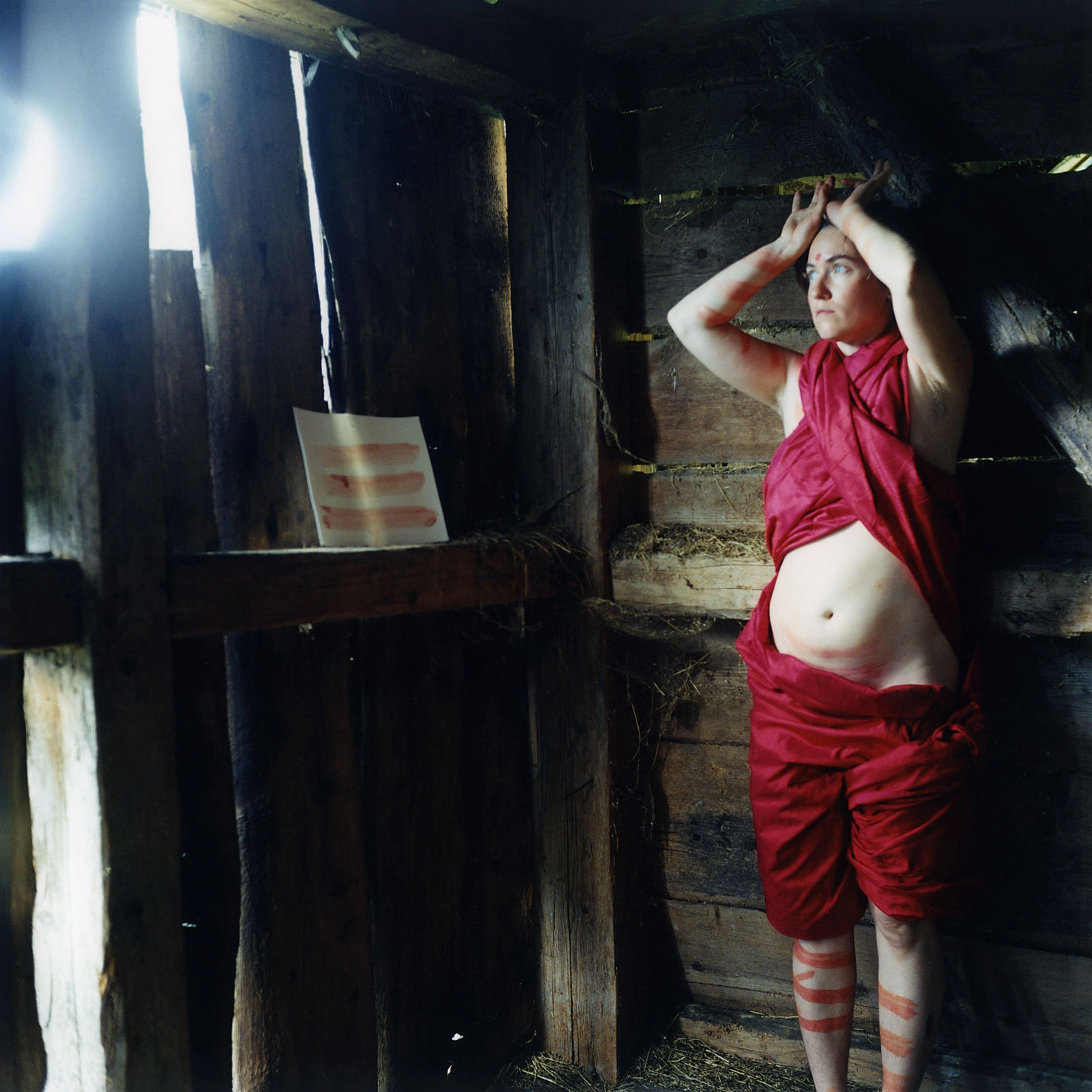--2003--%C2%A9%20Sarah%20Rossiter--010.webp)
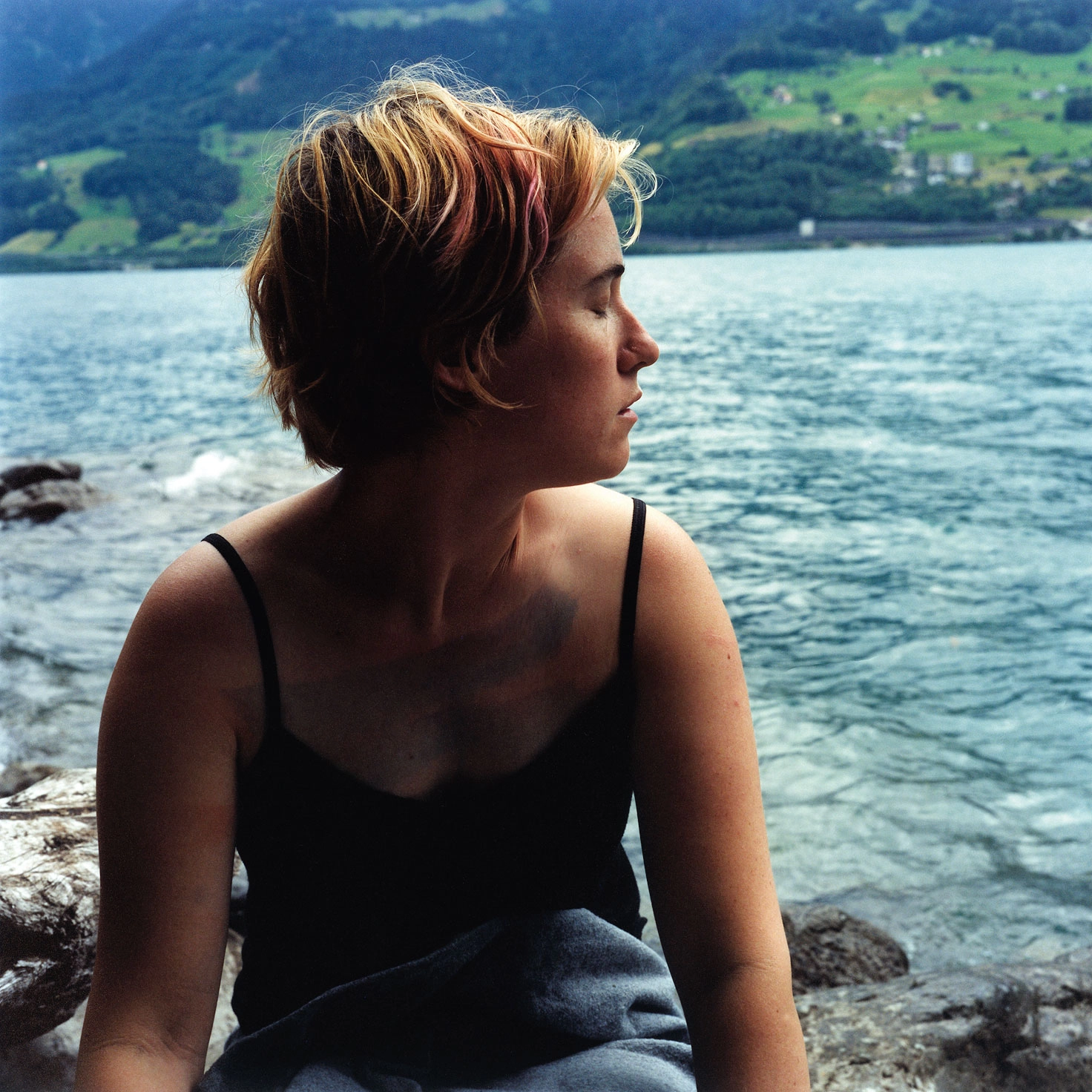--2003--%C2%A9%20Sarah%20Rossiter--001.webp)
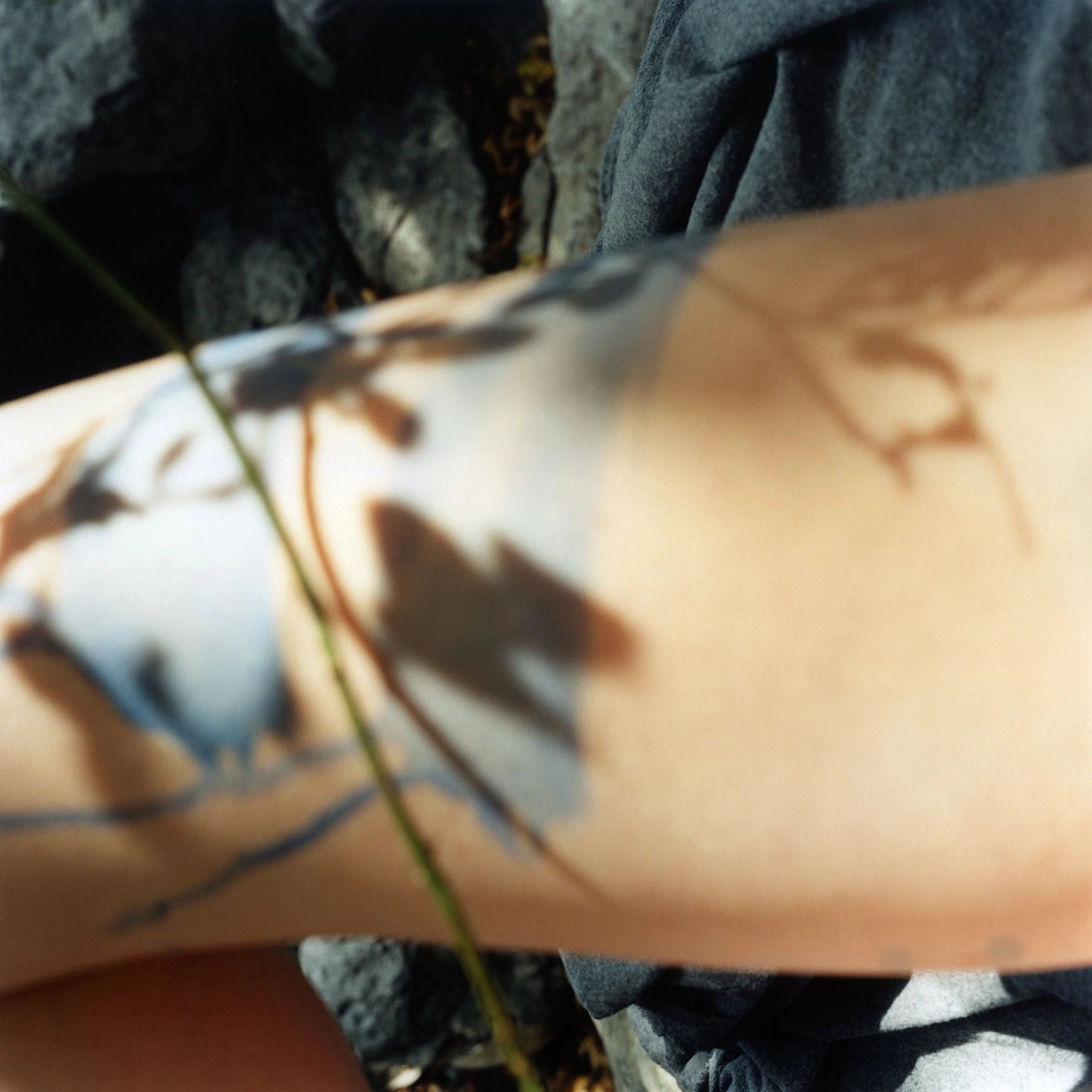--2003--%C2%A9%20Sarah%20Rossiter--002.webp)
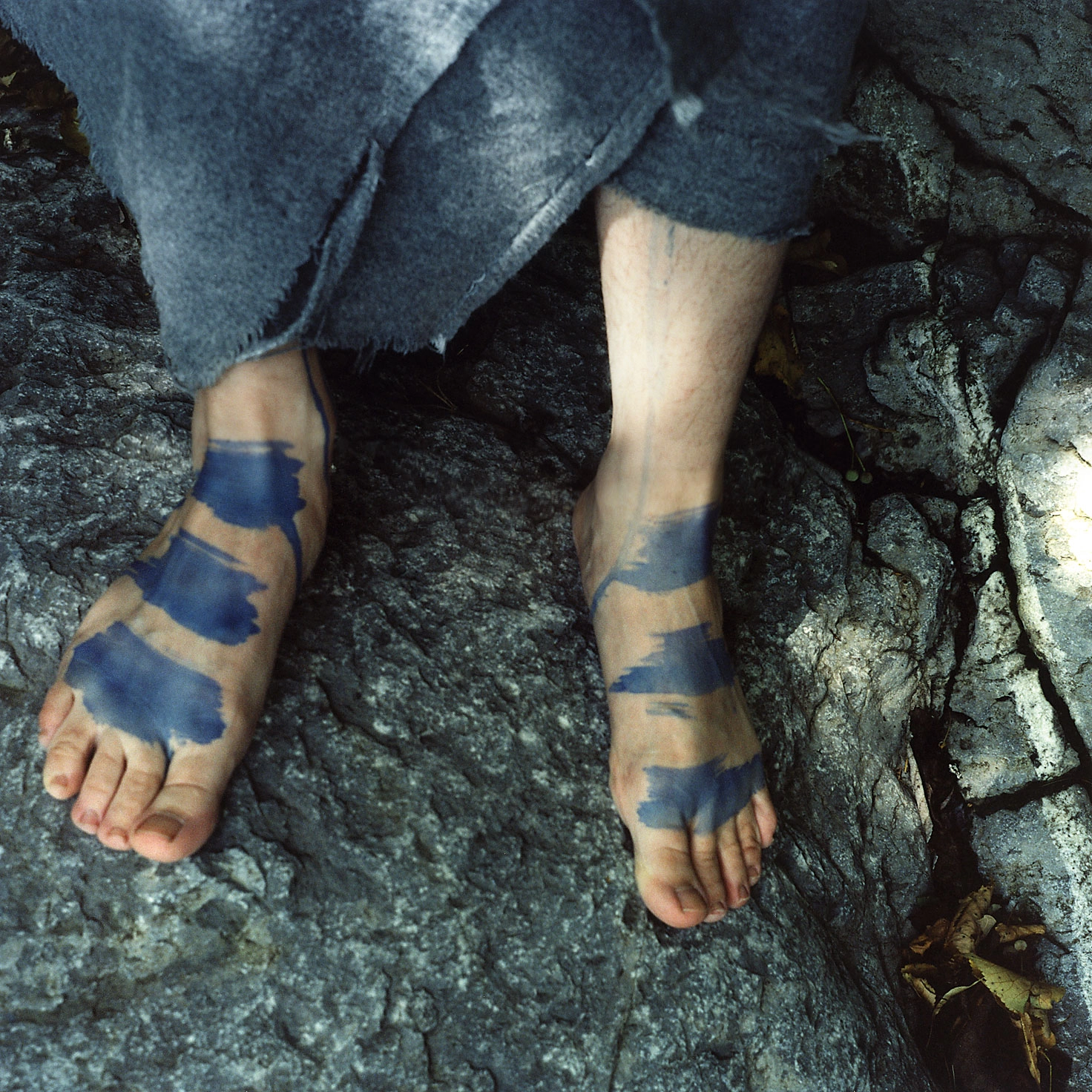--2003--%C2%A9%20Sarah%20Rossiter--003.webp)
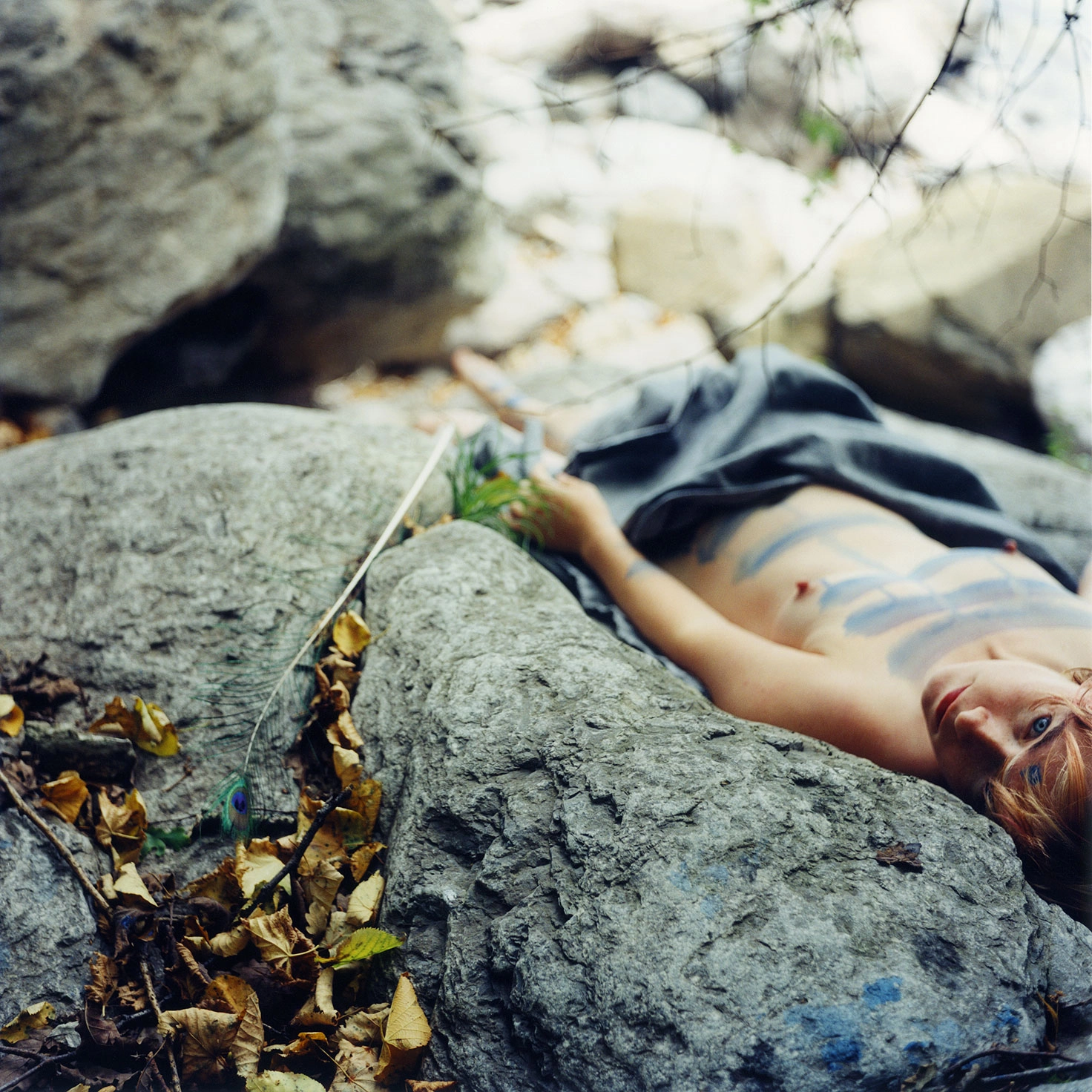--2003--%C2%A9%20Sarah%20Rossiter--005.webp)
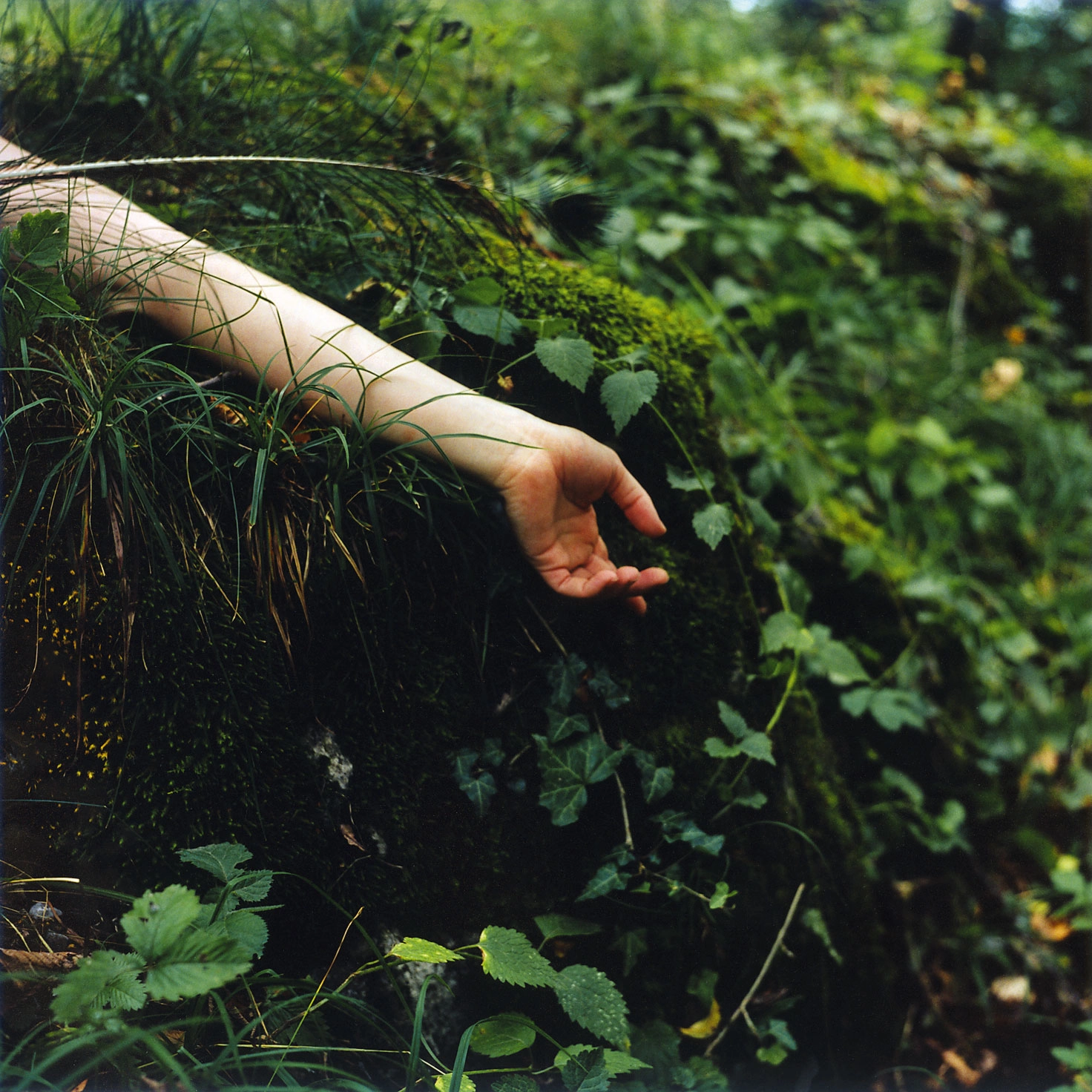--2003--%C2%A9%20Sarah%20Rossiter--011.webp)
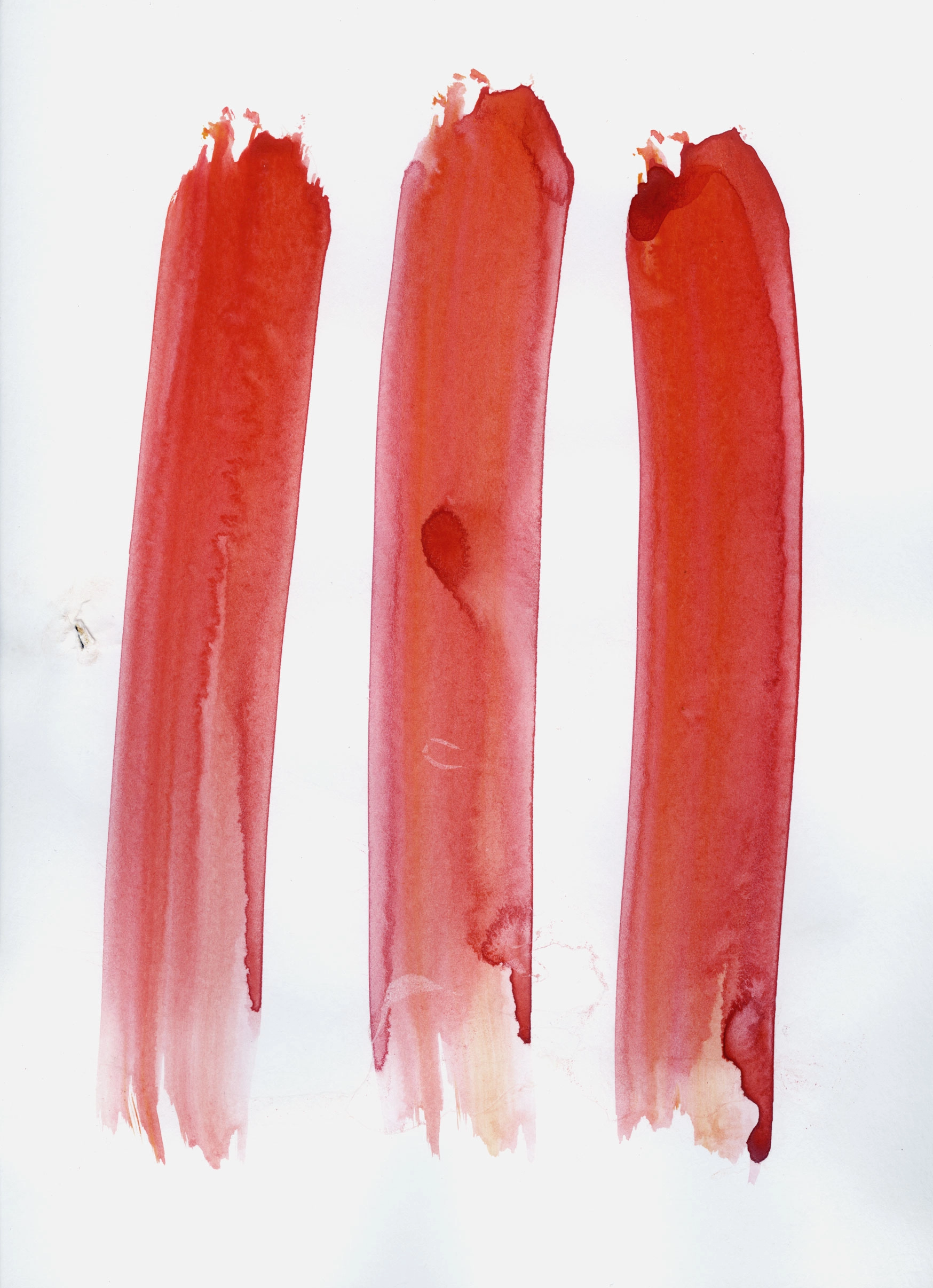--2003--%C2%A9%20Sarah%20Rossiter--004.webp)
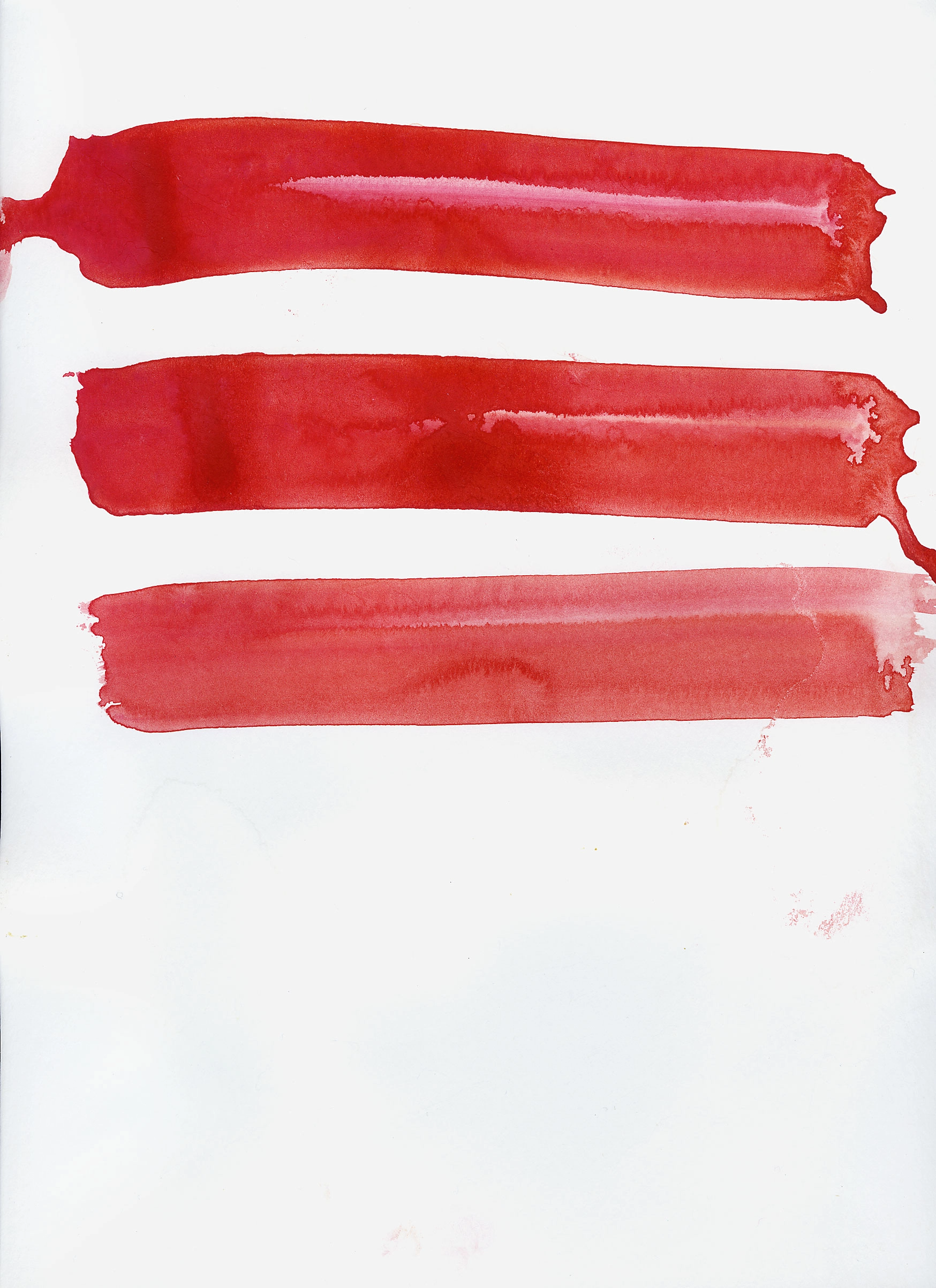--2003--%C2%A9%20Sarah%20Rossiter--007.webp)
 Next Exhibition
Next Exhibition